As Celeste Belcher-Girard lay on the table at the Spectrum Health Vein Center she asked to see a high-tech device before its use to treat her varicose veins.
Someone held it up.
“It’s a craft glue gun,” she said later with a laugh. “It’s just a little bigger.”
That “glue gun” is the key to a new treatment for damaged leg veins. The device connects to a slender catheter that is threaded into the vein. The surgeon squeezes the trigger of the gun to deliver a medical superglue that closes the vein.
The VenaSeal closure system was approved by the Food and Drug Administration in February. Its manufacturer, Medtronic, launched the system in the United State a few weeks ago, and trained doctors at fewer than 20 centers nationwide.
Spectrum Health vascular surgeon Jennifer Watson, MD, recently became the first doctor in Michigan trained and approved to do the procedure.
Not just about looks
The treatment could have far-reaching impact.
An estimated 30 million Americans have venous reflux disease, a condition in which the valves in the lower leg weaken. The malfunctioning valves allow blood to flow backward and pool in the vein, causing enlarged or varicose veins.
The problem is not just cosmetic. It may be a sign of a more serious condition called chronic venous insufficiency.
“In severe cases, the condition can result in lower leg pain, swelling, skin damage and ulcerations that may severely impact a patient’s mobility and quality of life,” Dr. Watson said.
The faulty veins are usually treated with a thermal-based process called radiofrequency ablation. Because that procedure uses heat, the patient must receive multiple injections of anesthetic along the leg.
The VenaSeal system requires only one poke of a local anesthetic.
In Belcher-Girard’s procedure, Dr. Watson threaded the catheter into the vein, guided by an ultrasound image on the monitor. Once in place, she squeezed in the special adhesive. The surgeon applied pressure to the leg to pinch the vein, until the glue took hold.
With that vein closed, blood will find new pathways through the leg. And the sealed vein will be absorbed by the body, Dr. Watson said.
A relief for the needle phobic
The new process involves several advantages over conventional treatment. It eliminates the risk of burning or nerve injury. Patients aren’t required to wear compression stockings after the procedure. And the treatment can be performed on both legs the same day.
All those factors proved to be compelling draws for Belcher-Girard, but the biggest selling point? Avoiding injections.
“I am very much afraid of needles,” she said.
The 43-year-old woman lives in Big Rapids, Michigan, with her husband, Glenn, and their three children: Isabella, 6, Olivia, 5, and John, 3. Like many other women in her family, she has dealt with varicose veins all of her adult life. The condition grew worse with each pregnancy.
The pooling blood in her legs caused an aching pressure that built throughout the day. At work, she would prop her feet on the desk for relief. In the evening, at home, she often had to sit down and rest her legs. But she would rather take hikes, do crafts and play with her children.
“I felt like I was continuing to slow down and slow down,” she said. “I don’t want to have to do that.”
‘This is fantastic’
During the procedure, Belcher-Girard watched the monitor, but said she couldn’t feel anything. Immediately afterward, she noticed her legs felt less swollen.
A couple of hours later, she called the results dramatic.
“I’ve been on my feet all day running errands and shopping except for the hour drive back to Big Rapids, and I have absolutely no heavy, tired, bloated feeling in my legs,” she said. “This is fantastic.”
Vein-related leg problems affect 40 percent of men and 50 percent of women, according to the U.S. Department of Health and Human Services. Risk factors include increasing age, family history, hormonal changes, pregnancy, obesity, leg injury, lack of movement and sun exposure.
Dr. Watson advises patients to seek medical care when the condition affects their daily activities. With early treatment, they can avoid ulceration and skin damage.
She acknowledged that some people are reluctant to get help because they have heard from their parents and grandparents about painful treatments in the past.
“I love telling patients that we have new technology that can reduce pain and allow for immediate return to activity,” Dr. Watson said.


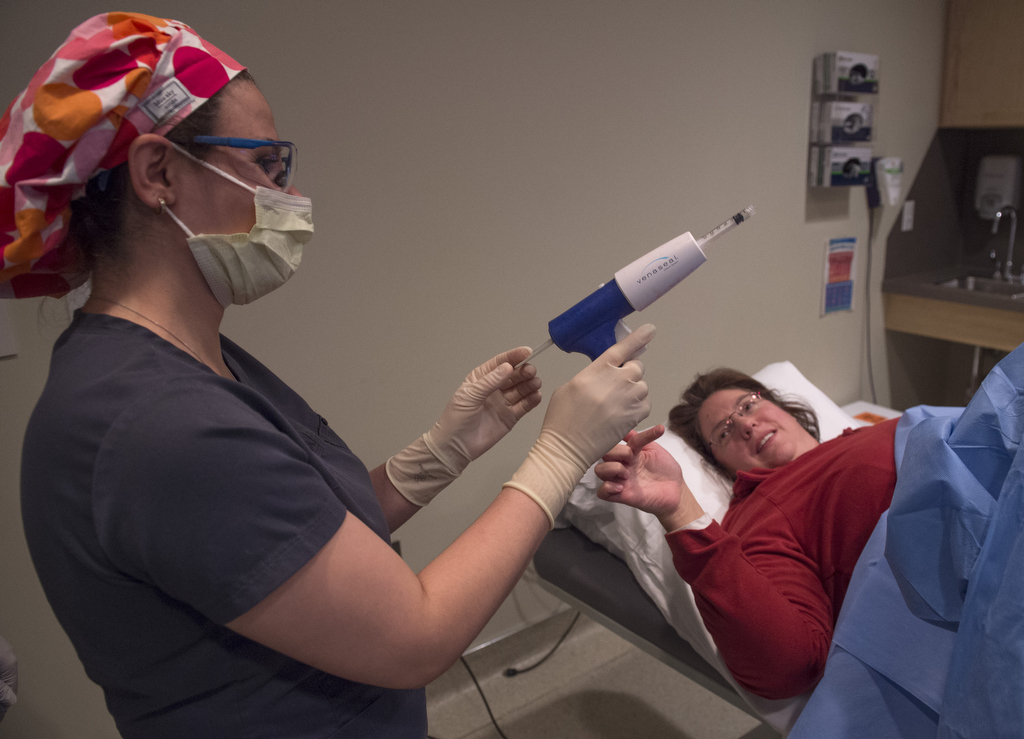


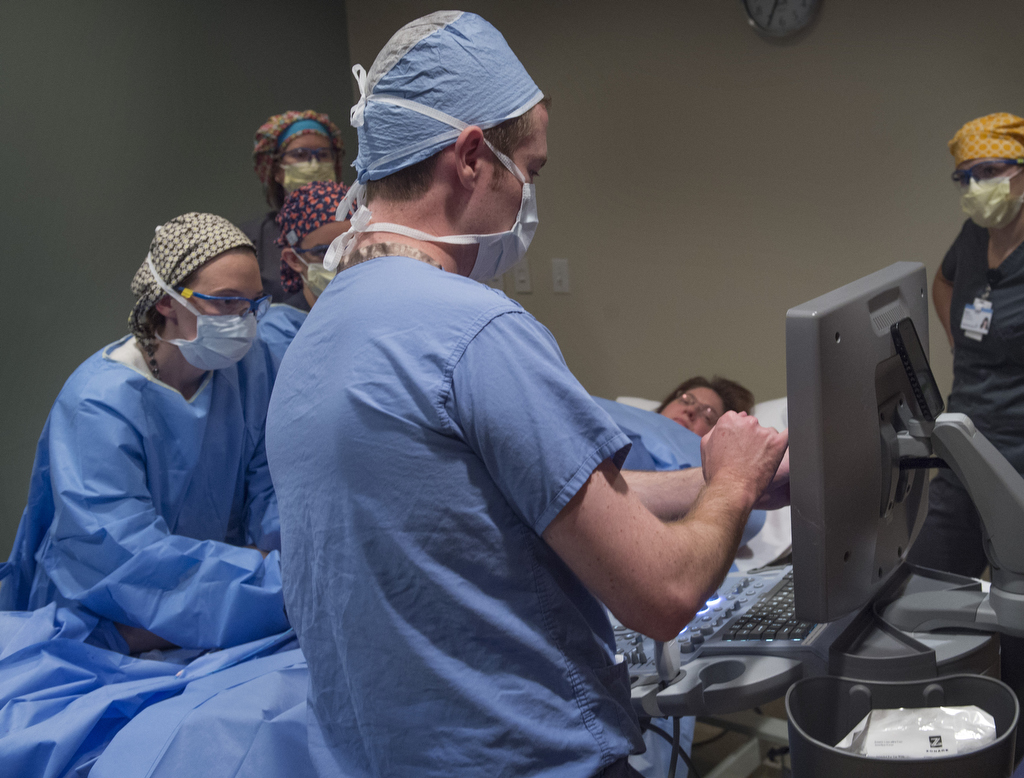

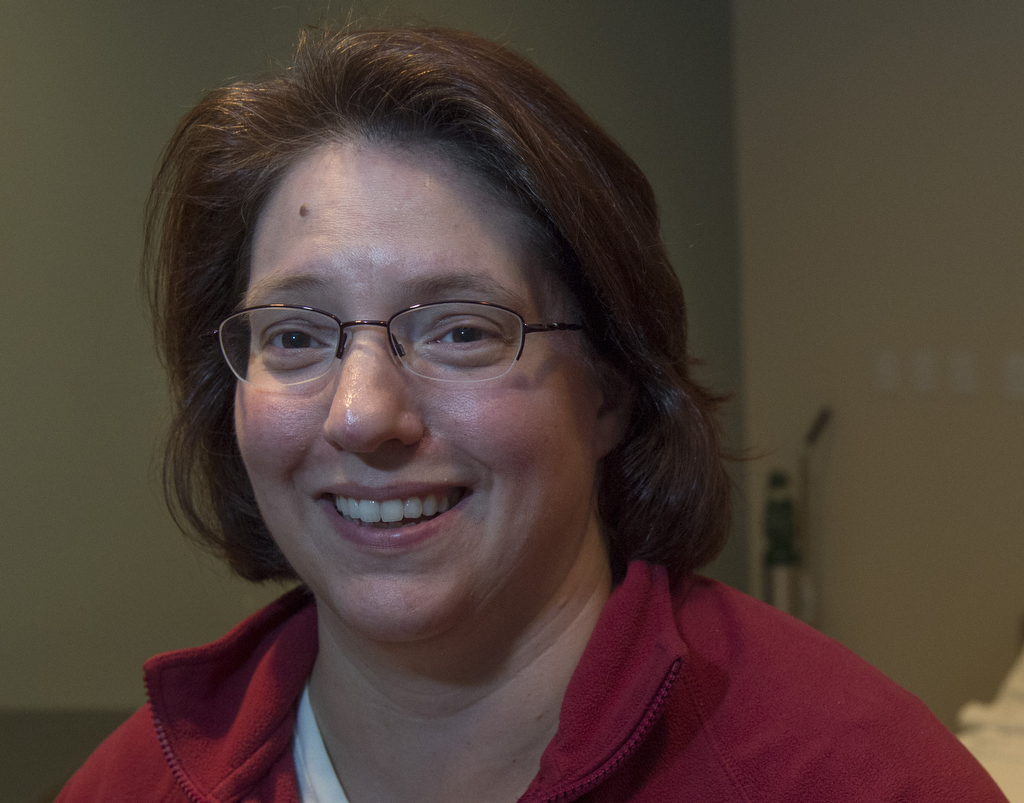
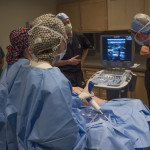
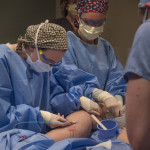
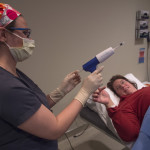
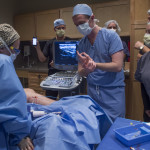
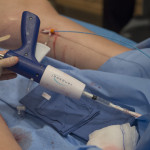
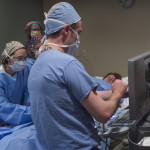
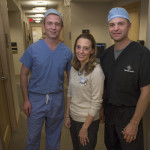

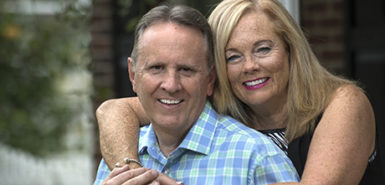 /a>
/a>
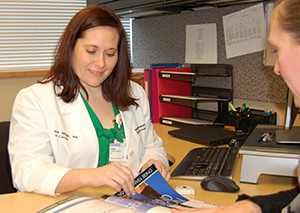 /a>
/a>
 /a>
/a>
Good to know about this new procedure. I had the more common ablation procedure, and the vein started working again. I may check this out!
It would be interesting to go through both procedures and see the difference between them.
I am very interested in knowing about new procedures that are effective and less risky. I have A-Fib and vein problems.
I have had problems with my leg veins for years. I wear compression hose to avoid swelling around my ankles but my legs get tired in a short time and it sounds like this procedure could improve my quality of life. I am a patient of Dr. Michael Post in the Spectrum system. My insurance is with Priority Health and I have an Advantage plan–Medicare Value. I would be interested in the cost, the wait time and the possibility that this procedure would be appropriate and likely beneficial. Thanks.
These include bleeding, venous ulcers, thrombophlebitis and varicose eczema.
Aromatherapy For Healing The Spirit, by Gabriel ojay, 1997.
One of the most popular homeopathic remedies for
spider veins involves the use of cayenne pepper.
If you had your veins laserd years ago a.can you have another procedure i lost 150 pounds and the vericose veins came back with a vengeance. Just wondering
Definitely get in touch with a vascular specialist, Cheryl. The Vein Center may be reached at 616.267.8346. Best wishes!